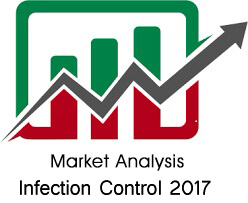
Saungi McCalla
White Plains Hospital, USA
Title: Automated hand hygiene compliance system associated with improved monitoring of hand hygiene
Biography
Biography: Saungi McCalla
Abstract
Statement of the problem: Healthcare-associated infections (HAIs) are a substantial concern in US hospitals. Approximately one in 25 patients in the US has at least one HAI during a hospital stay and an estimated 80,000 people die annually in the US from an HAI. Consistent hand hygiene is key to reducing healthcare-associated infections (HAIs) and assessing compliance with hand hygiene protocols is vital for hospital infection control staff. The conventional approach is to employ a team of observers who can record hand hygiene opportunities (HHOs) and the number of times caregivers comply with protocol. However, relying on human observation has limitations. The purpose of this study is to determine if implementation of the automated HHCS is associated with improved hand hygiene compliance and a significant reduction in MDROs, CLABSIs, and CAUTIs in the hospital’s ICU and ICU stepdown unit compared to the use of human observers.
Methodology: Using a retrospective cohort design, researchers investigated whether implementation of the HHCS resulted in improved hand hygiene compliance and a reduction in common HAI rates. Pearson Chi-square tests were used to assess changes in compliance, and incidence rate ratios were used to test for significant differences in infection rates.
Results: During the study period, the HHCS collected many more hand hygiene events compared to human observers (632,404 vs 480) and ensured that the hospital met its compliance goals (95%+). While decreases in MDRO, CLABSI, and CAUTI infection rates were observed, they represented non-significant differences. Discussion & Conclusions: Human hand hygiene observers may not report accurate measures of compliance. The HHCS is a
promising new tool for fine-grained assessment of hand hygiene compliance. Further study is needed to examine the association
between the HHCS and HAI rate reduction.
Speaker Presentations
Speaker PPTs Click Here





